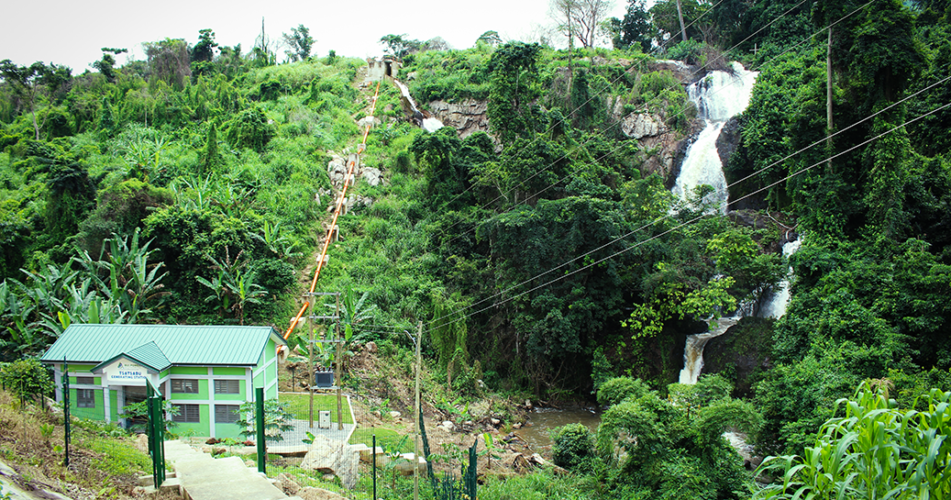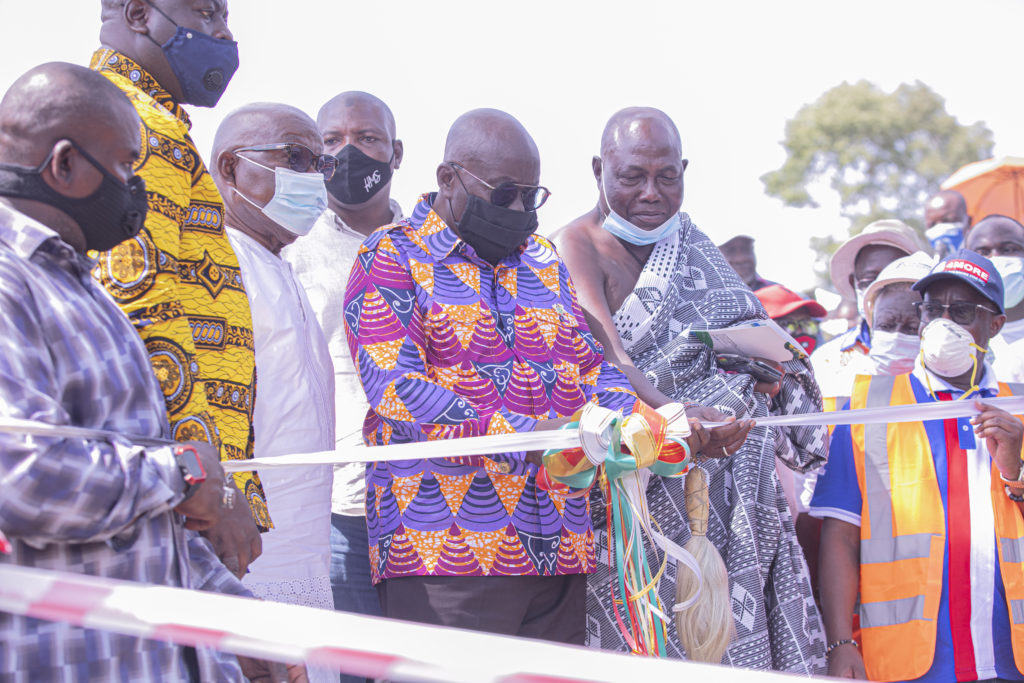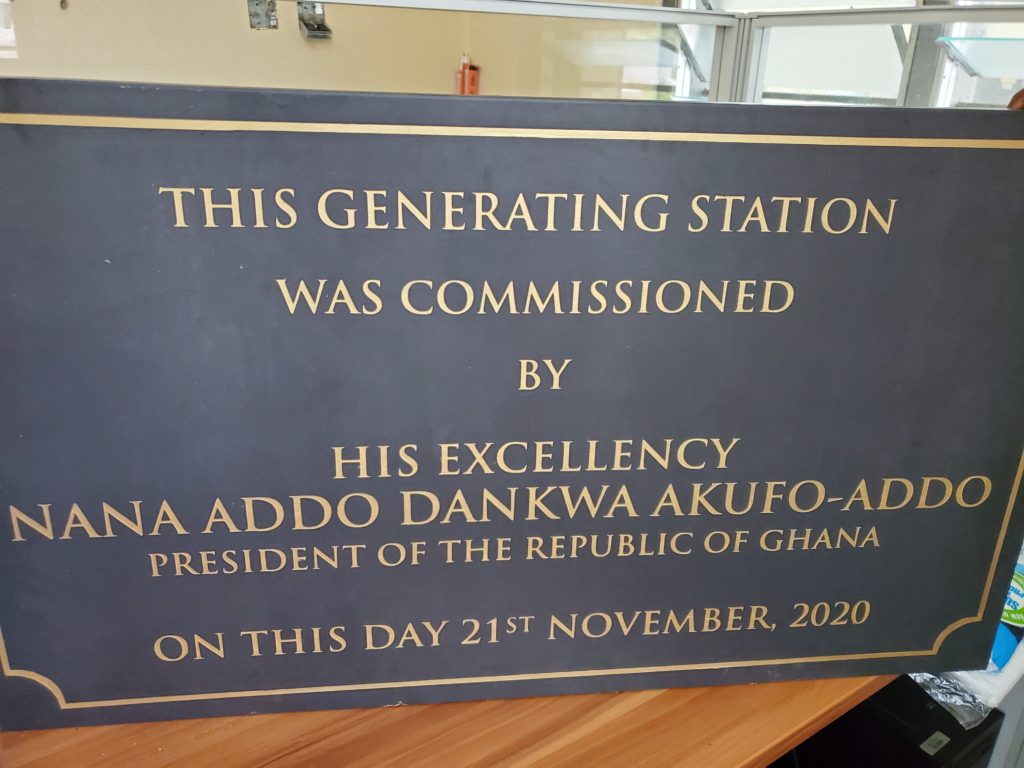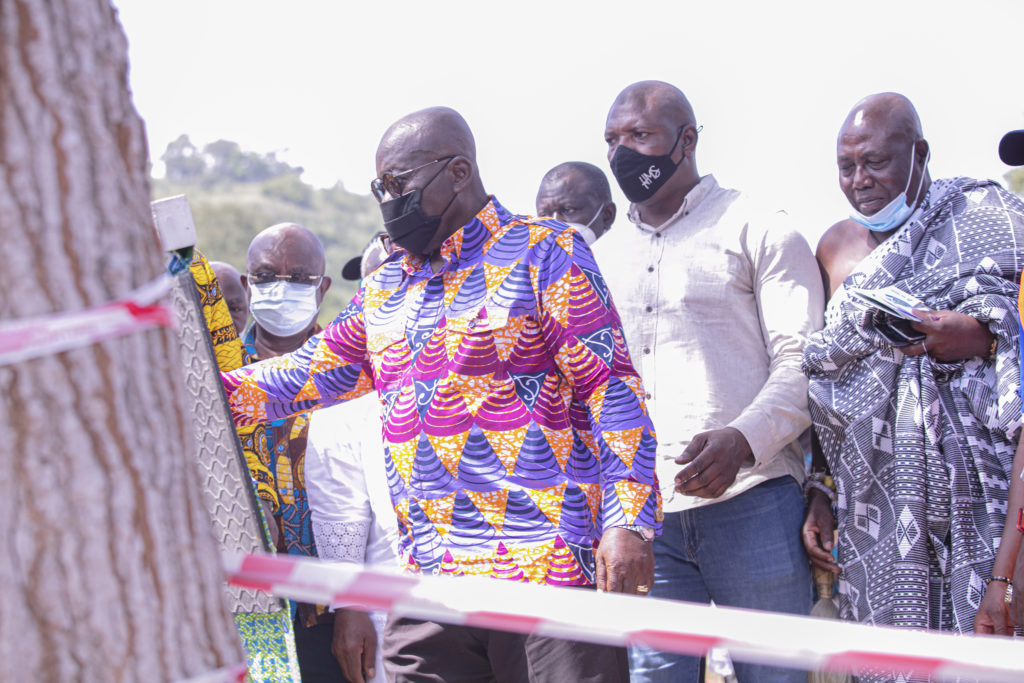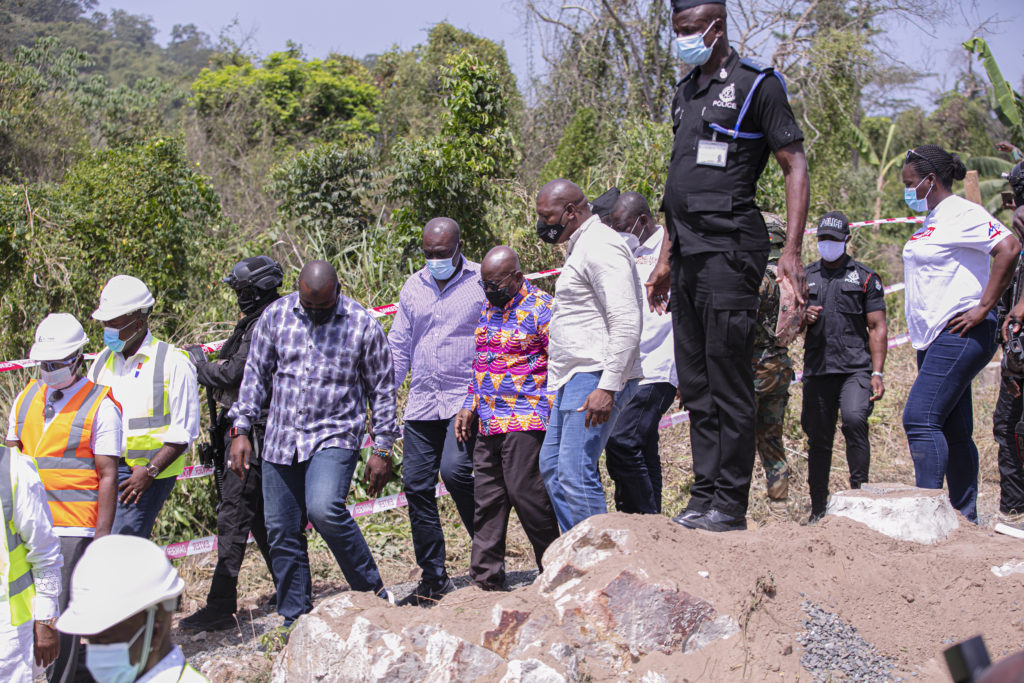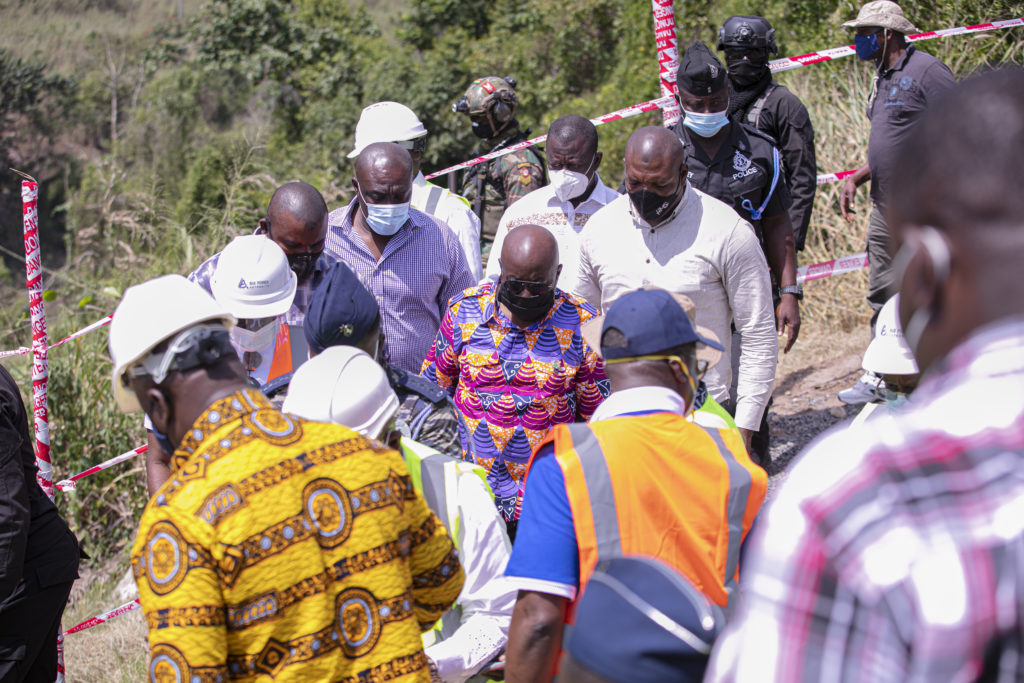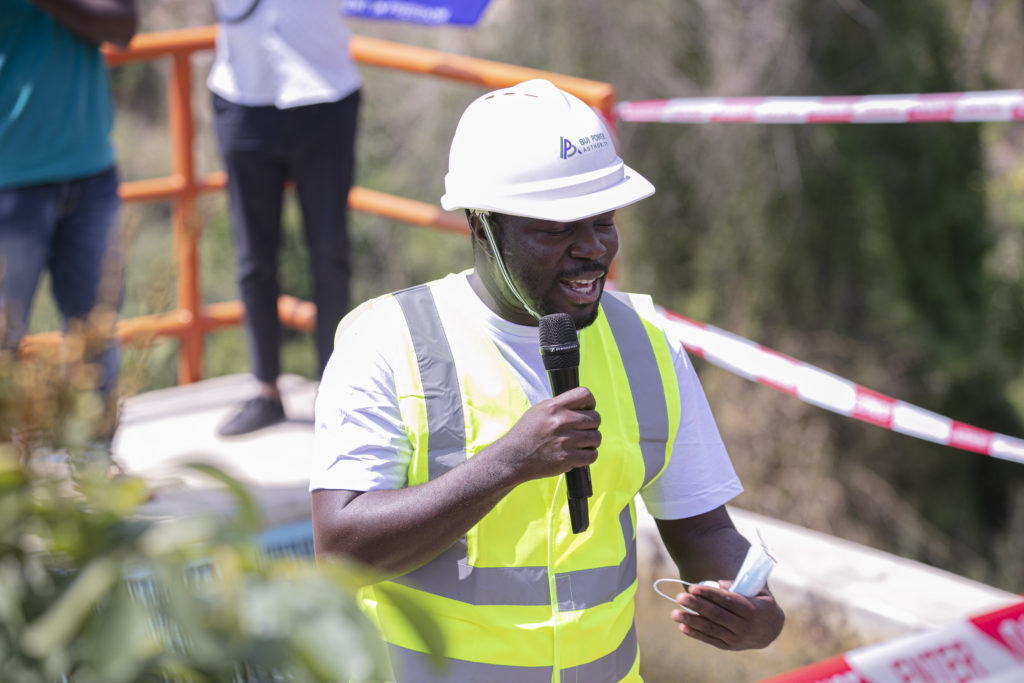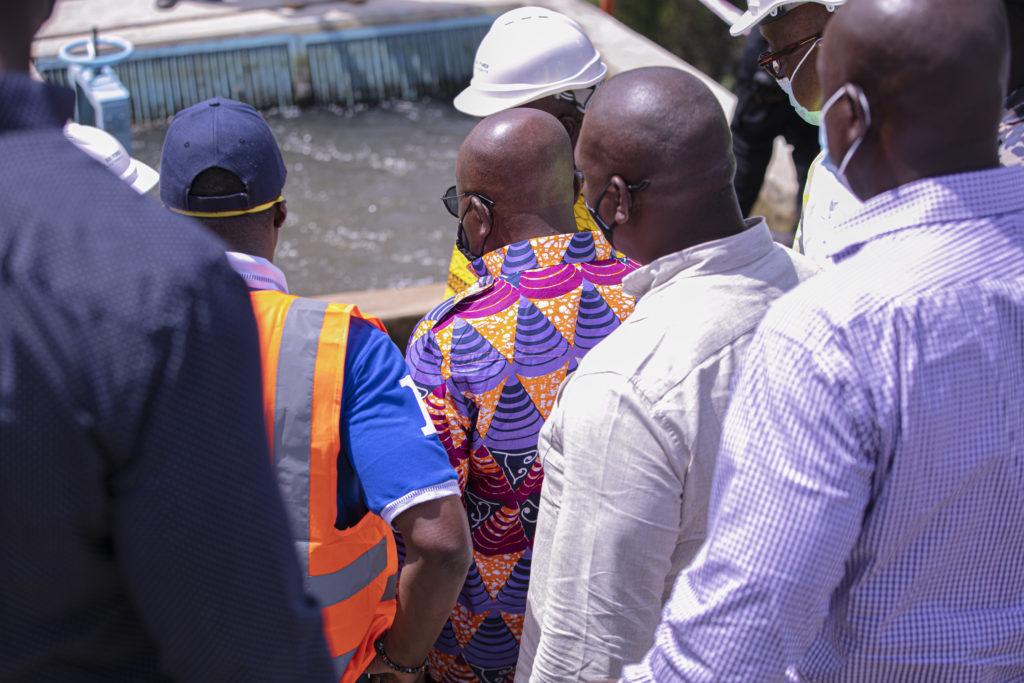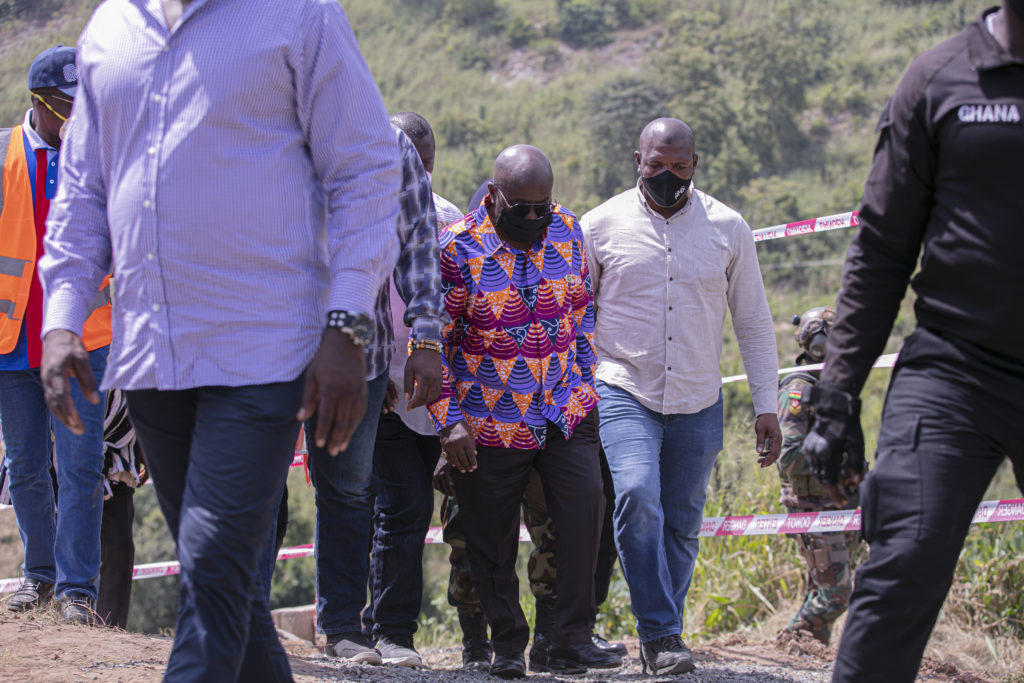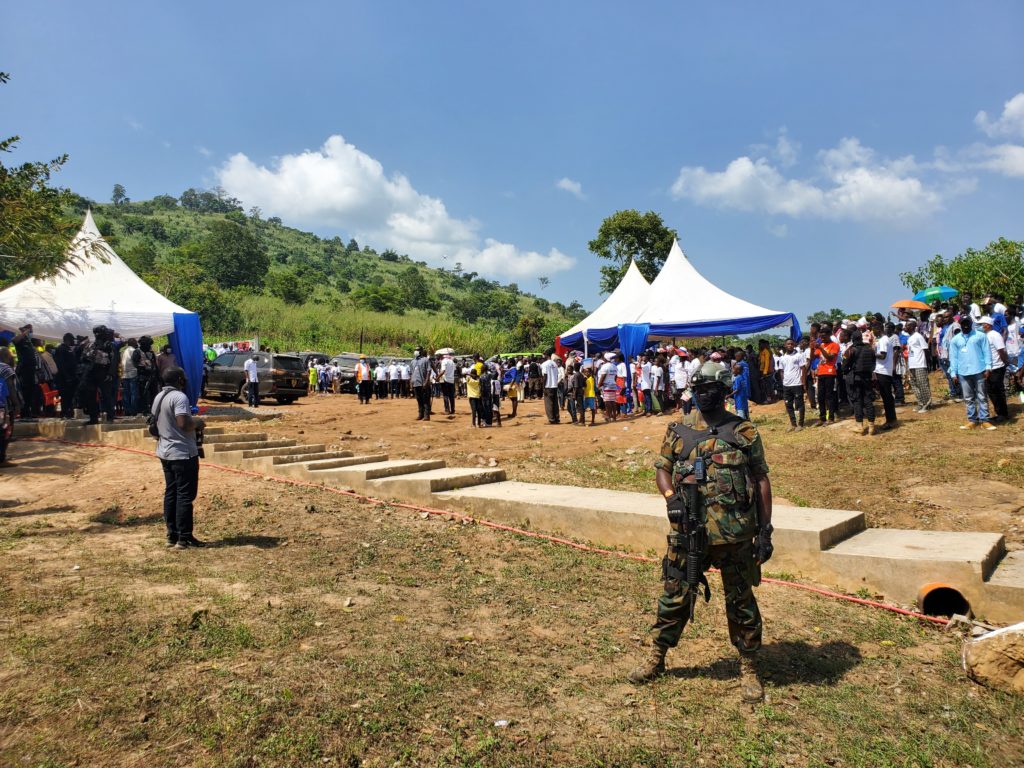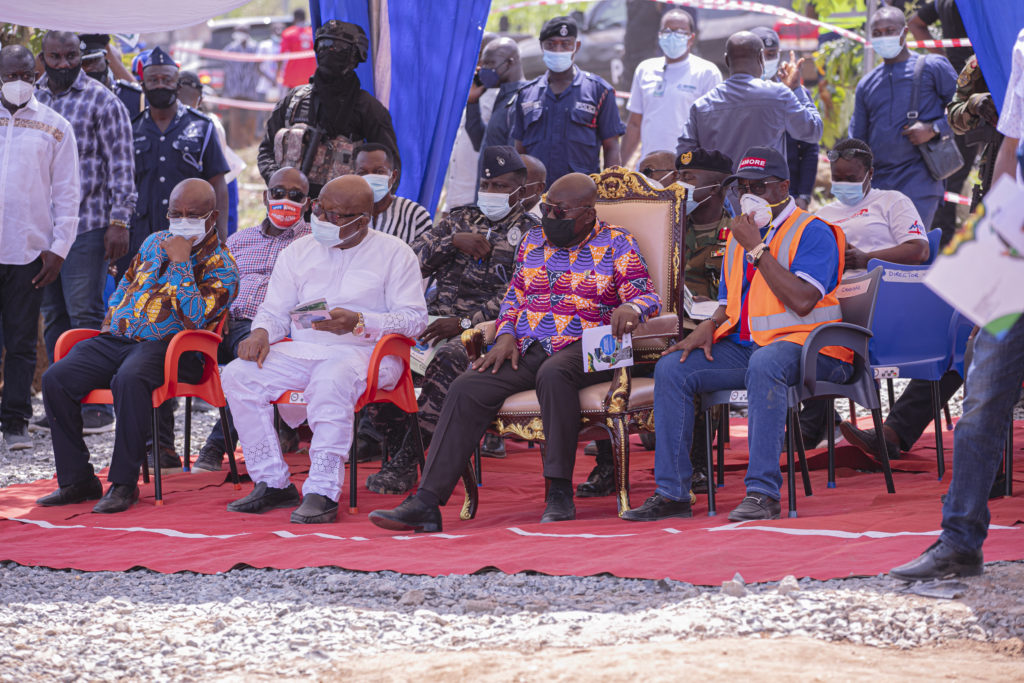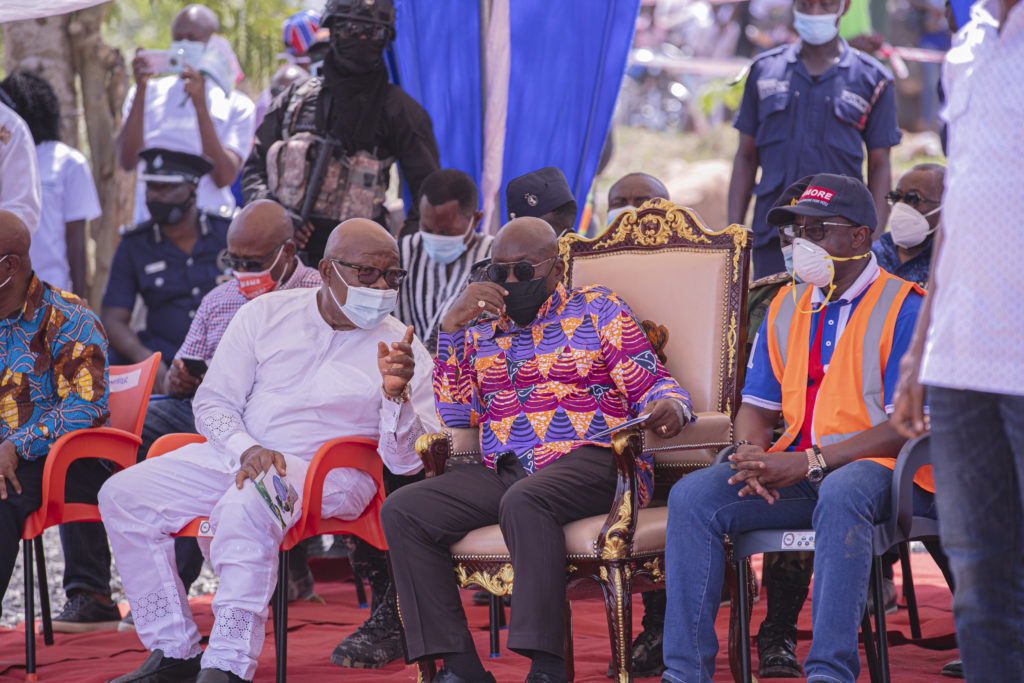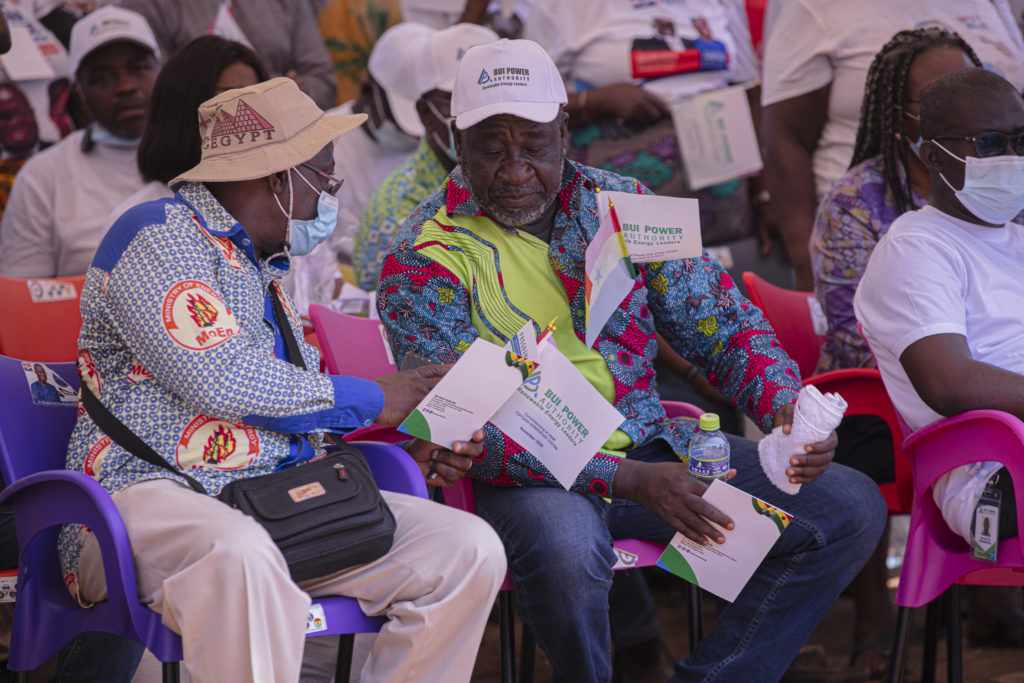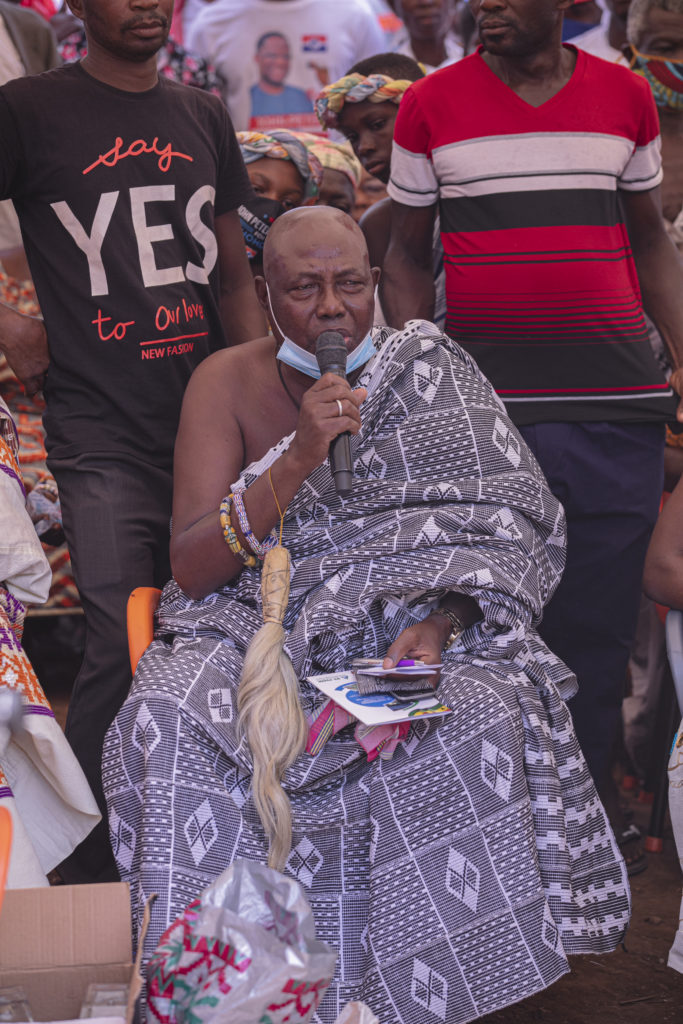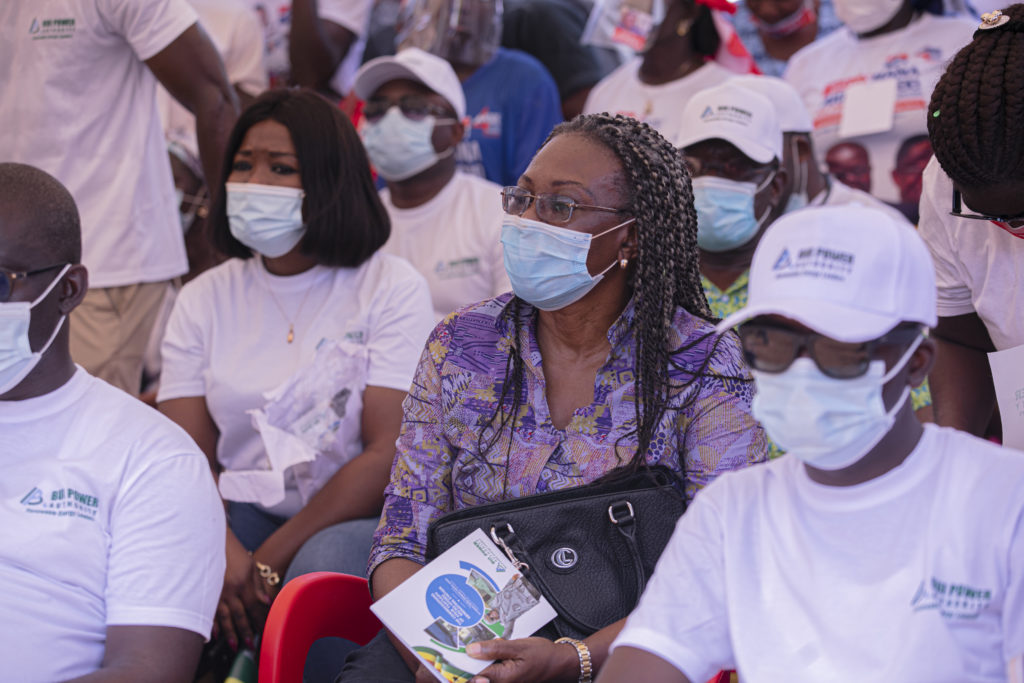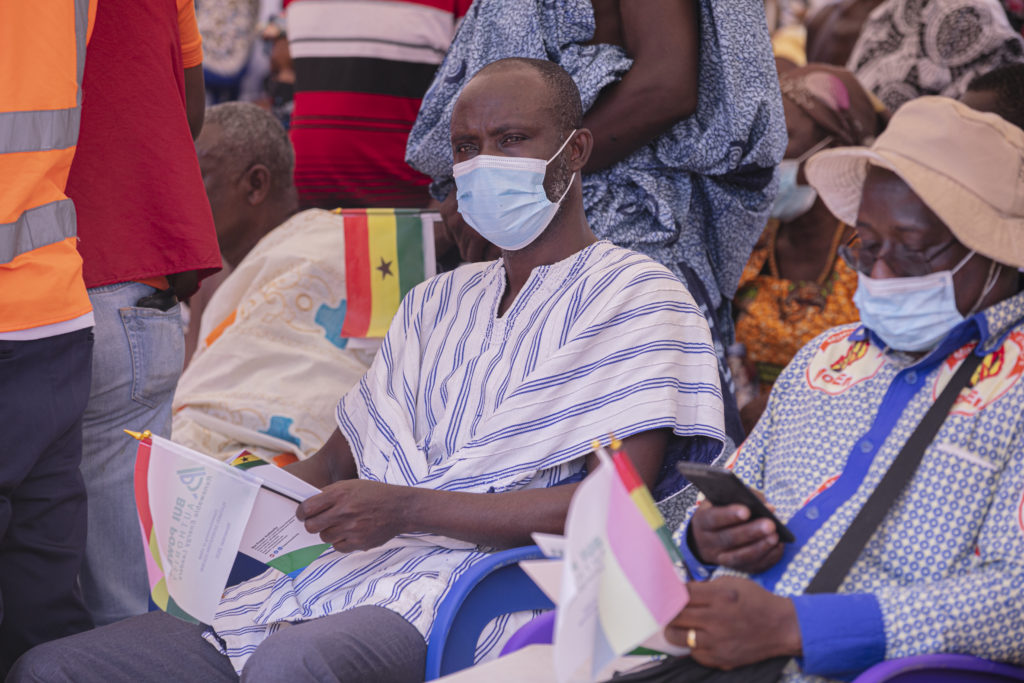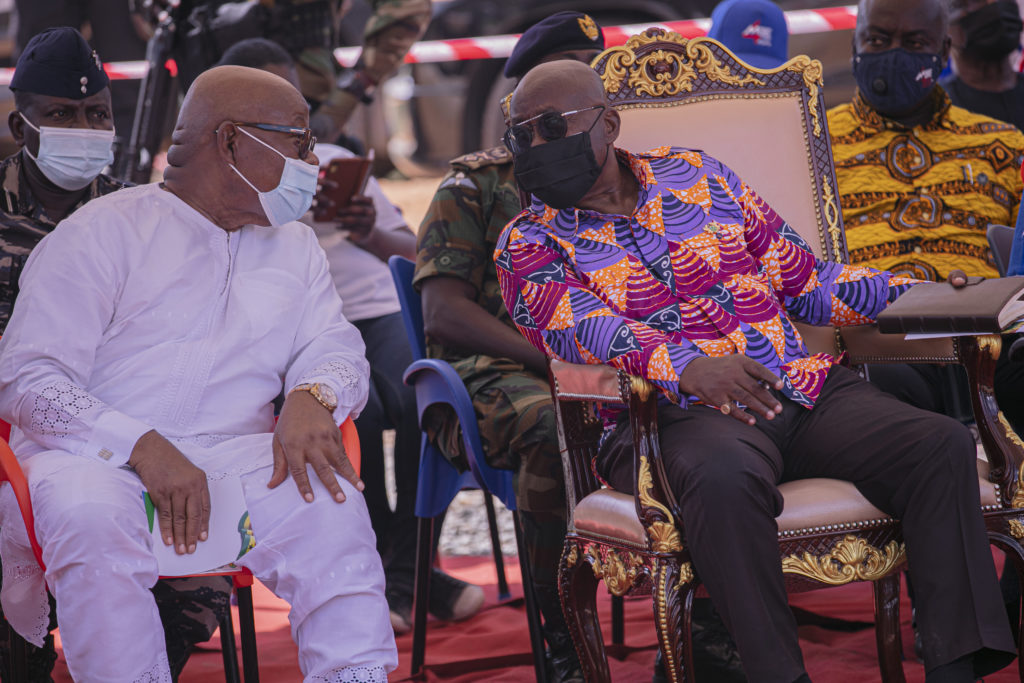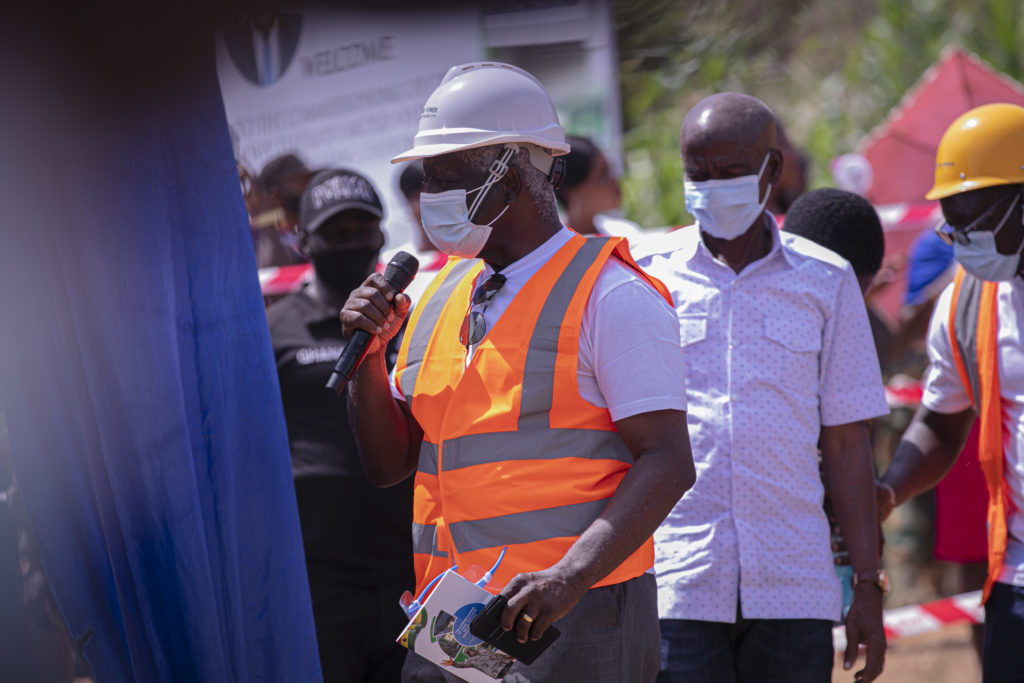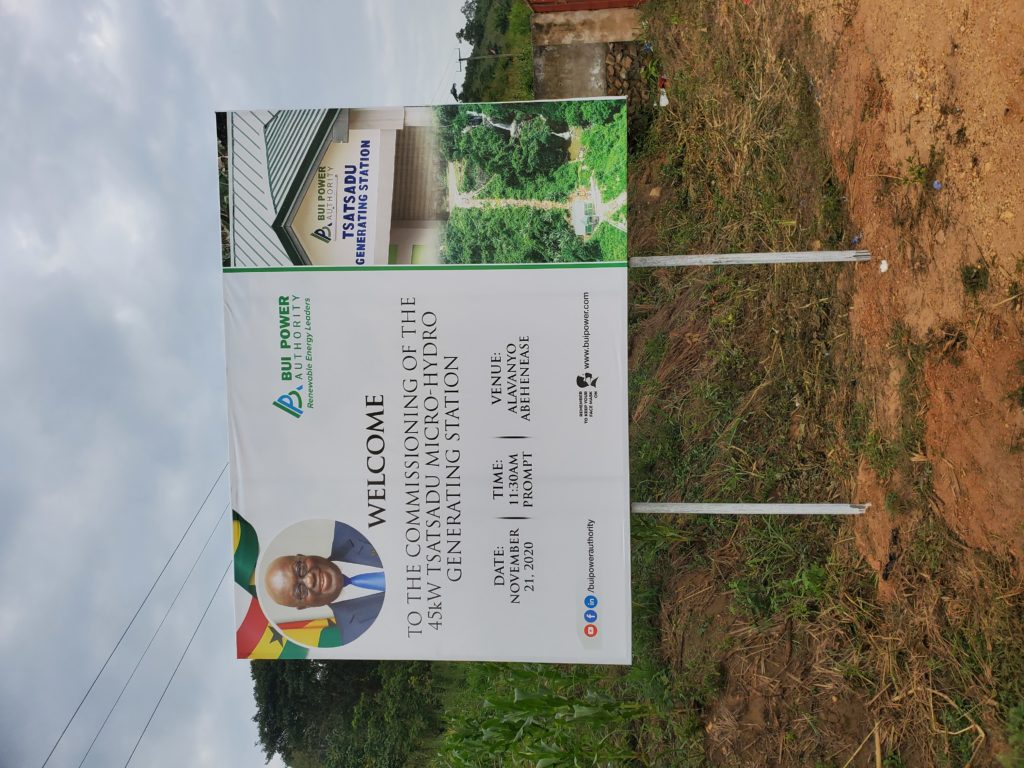The President, Nana Addo Dankwa Akufo-Addo, has commissioned Ghana’s first micro hydroelectric plant at Alavanyo, in the Volta Region. The Tsatsadu Generating Station (TGS), situated on the Tsatsadu Waterfalls in the Hohoe District of the Volta Region, has a capacity of 45kW with the possibility of adding another 40-60kW capacity turbine in the future.
President Akufo-Addo speaking at the commissioning said the project will add to the country’s generation mix. He said “this important project is going to assist the people of Volta Region and Ghana as a whole, and we will get the best out of it because it is wholly owned by us the Ghanaian people. The design and engineering and its construction is all Ghanaian owned. It’s been done 100 percent by the engineers and the workers of the Bui Power Authority. For us also to get the full benefit, there is going to be a research site for those who are going to be operating it to get the necessary knowledge.”
In attendance was the Speaker of Parliament, Rt. Hon. Prof. Michael Ocquaye, who was the Minister of Energy when the idea of the Tsatsadu Micro Hydroelectric Plant was mooted in 2005. Other dignitaries included the Paramount Chief of the Alavanyo Traditional Area, Togbegah Tsedze Attakora VII, the Chief of Alavnayo-Abehenease, Togbe Komla Kunde V, the Honorable Minister of Energy, John-Peter Amewu, and the Chief Executive Officer of the Bui Power Authority, Fred Oware.
The project, which cost USD400,000, was funded largely by internally generated funds from BPA and a contribution of USD80,000, provided by the UNDP/Energy Commission Renewable Energy Technology Transfer (RETT) project which received funding from the Danish Government to cover procurement of electromechanical equipment and technical support.
The TGS, which is a run-of-river scheme, will not require the formation of a reservoir. It consists of a concrete diversion weir, an intake structure, diversion channel, a forebay, steel penstock, a powerhouse and a transmission line to tie the electricity generated into the distribution grid. The weir diverts part of the river flow through an intake channel into the diversion channel. The diverted water goes through a 300mm diameter penstock to the base of the hill where the powerhouse, which houses the turbines and the generator, is located. The water drives the turbines and flows out through the tailrace channel and into the downstream of the waterfall.
The construction of the TGS was undertaken with local expertise: thus, the young engineers of the Bui Power Authority (BPA). These engineers obtained the skill during the development of the 400MW Bui Generation Station, located in Bui. That experience came to bear on the construction of the 45kW TGS.
Project Background
The Ministry of Energy in 2005 entered into a Memorandum of Understanding with the United Nations Industrial Development Organization (UNIDO) and International Network on Small Hydro Power of China (IN-SHP) to undertake studies to develop the existing small hydro power potentials in the country. The Tsatsadu Waterfalls, located at Alavanyo Abehenease in the Hohoe District of the Volta Region, was selected to be developed as a pilot project. UNIDO subsequently donated a 30kW generator and Turgo Turbine with associated electromechanical equipment for the project. The Ministry of Energy appointed the Bui Power Authority to develop the Tsatsadu Micro Hydropower Project on its behalf. BPA then reviewed all available information on the project. This included site assessment surveys, detailed topographical surveys and the development of engineering drawings for the project.
The electromechanical equipment donated by UNIDO were retrieved from the Volta River Authority (VRA) and serviced. The project, which was initially designed as a 30kW stand-alone system was upgraded to a 45kW grid-connection system. A new 45kW capacity Asynchronous generator and new load controller were therefore procured to replace the existing 30kW generator and load controller.
The Ministry of Energy directed the BPA to constitute a technical committee to implement the project. The committee comprised representatives of the Renewable and Alternate Energy Directorate of the Ministry of Energy; the Energy Commission; the United Nations Development Program – Renewable Energy Technology Transfer (UNDP-RETT) Project Implementation Unit and the Electricity Company of Ghana (ECG).
Other stakeholders involved in the project were the Alavanyo Traditional Council, the Foyer de Charité (a Roman Catholic spiritual retreat centre) and the Alavanyo Abehenease Community.
Green Source of Power Generation
The development of the TGS did not have any adverse impact on the environment. Since there will be no impoundment or reservoir formation, trees will not be submerged and consequently no methane gas will be emitted. As a hydro scheme, its energy source is green and has no carbon emissions. Also, a reforestation programme implemented at the project site seeks to restore the vegetation in order to protect the river’s shoreline against siltation, sedimentation, erosion, nitrogen and phosphates loading. It is envisioned that the trees planted, and the forest being conserved, will contribute to climate change adaptation and building climate resilience which have direct impact on the hydropower generation.
Tourism Potential
The micro-hydro plant, which is the first of its kind in Ghana, will draw academia, tourists, students and people from all walks of life to visit the plant. It will serve, among other things, as a practical tutorial plant for engineering students across the country and the West African sub-region. The Hohoe Municipal Assembly is also expected to benefit from the TGS as an addition to its tourists’ products within the enclave.
The Tsatsadu Generating Station is a firm foundation in developing a concept of delivering energy services to rural areas to create employment, alleviate poverty and generate wealth through employment opportunities that will be made available through operators operating the system, security personnel manning the plant and maintenance staff that will be maintaining the transmission lines.

